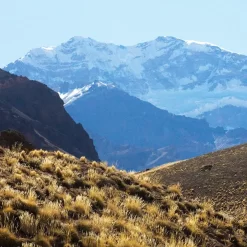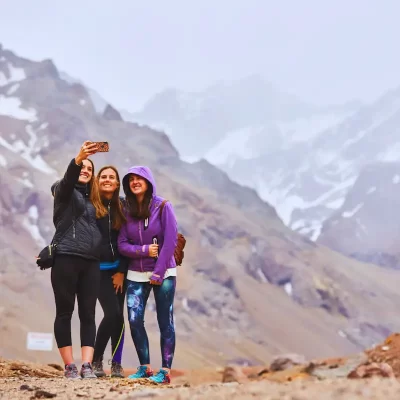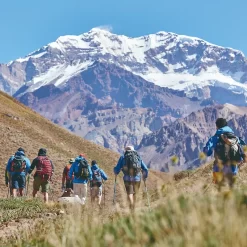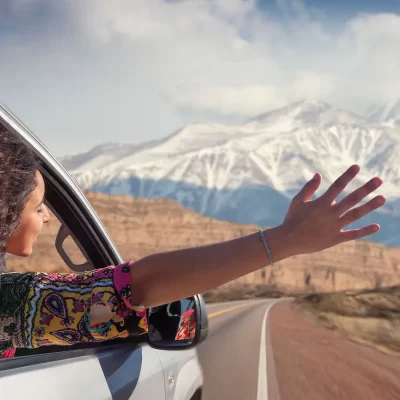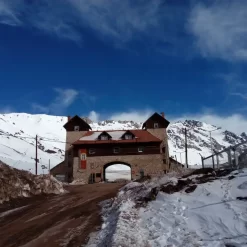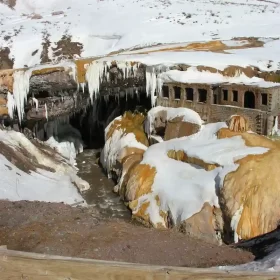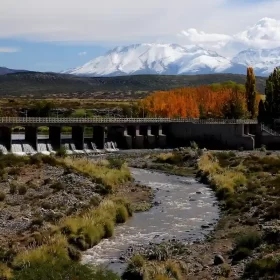Driving to Mendoza is much more than getting from point A to B—it’s an experience in itself. From winding mountain roads to hidden vineyards nestled between hills, reaching Argentina’s wine capital by car gives you freedom, comfort, and the chance to create your own itinerary. This guide covers everything you need to know about how much it costs to drive to Mendoza, how to budget based on your travel style, the best times to visit, and tips to make your trip truly unforgettable.
Benefits and Challenges of Driving to Mendoza
Advantages
- Freedom to explore: Stop wherever you want, change your plans on the go, and access places that aren’t part of typical tourist routes.
- Comfort: Ideal for groups or families.
- Save on local transportation: Especially useful for visiting wineries in Valle de Uco, Maipú, or Luján de Cuyo.
- Extra space: Handy if you plan to bring back wine or regional products.

Disadvantages
- You can’t drink during tastings if you’re the driver.
- Some roads, especially gravel ones in rural areas, are poorly maintained.
- Driving in high-altitude areas (like Villavicencio, Potrerillos, or Aconcagua Park) requires experience.
- Limited parking in tourist hotspots, especially during major events like the Grape Harvest Festival.
Download Your Free Checklist: What to Pack for Your Mendoza Road Trip
We’ve created a detailed packing list so you don’t forget anything. Download it for free and hit the road fully prepared to enjoy Mendoza from start to finish.
Route 7 and Route 40: The Road to Mendoza and Its Wine Regions
The two main highways connecting Mendoza to other provinces and wine regions are National Route 7 and National Route 40:
- Route 7 connects Buenos Aires to Mendoza. It’s the most direct route from central and eastern Argentina, passing through San Luis before reaching Mendoza City. The highway is generally in good condition, though there may be construction and detours near Mendoza. From the city, you can easily reach:
- Luján de Cuyo (20 km)
- Potrerillos (70 km)
- Uspallata (115 km)
- Aconcagua Park (180 km)
- Cristo Redentor (210 km)
- Route 40 runs the length of Argentina, cutting through Mendoza. From San Juan, it connects to northern Luján and access points to Valle de Uco. From the south, it leads to:
- San Rafael (230 km)
- Malargüe (420 km)
- Laguna del Diamante (190 km from Mendoza City – 4×4 required)
Both routes are safe and mostly paved, but winter conditions and mountain areas call for extra caution. For remote areas or gravel roads—like access to Laguna del Diamante or La Carrera—a 4×4 vehicle is recommended.

Best Time of Year to Drive to Mendoza
- Spring (September–November): Mild weather, ideal for road trips and winery visits. Vineyards are in bloom and landscapes are lush. A shoulder season offering a great balance between price and tranquility.
- Summer (December–February): Long days and hot temperatures (up to 95°F/35°C). Great for mountain visits and al fresco dining. High season means more demand for lodging and winery tours.
- Fall (March–May): Harvest season, full of cultural events and scenic foliage. Perfect for gourmet tours and premium wine experiences. Dry, mild weather makes for ideal driving conditions.
- Winter (June–August): Cold temps, especially in the mountains. Low season is perfect for travelers on a budget. Great time for hot springs, wine tours, gastronomy, and crowd-free tourism.
Enjoy the best of the Andes in Mendoza
Road Trip Essentials for Mendoza
- GPS or offline app (Maps.me or downloaded Google Maps recommended)
- Reusable water bottle (fill up at lodgings or wineries)
- Clothes for both sun and cold—even in summer
- Required driving documents and auto insurance
- Portable charger, sunscreen, sunglasses, and a hat
- Basic first aid kit and a spare tire in good condition
You can find anything you forget in Mendoza, but it’s better to be well-prepared.

Dining in Mendoza: What It Costs and What to Expect
Eating in Mendoza is a key part of the experience, blending local flavors, world-class wines, and stunning views.
- Winery lunches: Multi-course meals with wine pairings, house-baked bread, fire-roasted meats, organic veggies, and regional desserts—all with a vineyard view. Prices range from USD 60 to 120 per person. Top picks include Andeluna, Salentein, Piedra Infinita, and Domaine Bousquet.
- Restaurants in Chacras de Coria or Mendoza City: Fusion, Mediterranean, modern Argentinian, and gourmet grills. Dine in leafy patios or rooftop terraces, with wine by the glass and dishes like ribeye, handmade pasta, or fresh fish. Expect USD 30–50, or up to USD 80–150 at upscale venues like Azafrán, Sagrada Cocina, or Brindillas.
- Food trucks and cafés: Casual spots with great value—craft burgers, empanadas, wraps, soups, and fresh juices. Perfect for a quick bite, ranging USD 6 to 12.
Accommodation Options on the Road or in Mendoza
| Type of Accommodation | Description | Price per Night (USD) | Included Services | Recommended Area |
|---|---|---|---|---|
| 2–3 Star Hotel | Basic comfort for a good rest | 80–120 | Wi-Fi, breakfast, parking | Mendoza City, Maipú, San Rafael |
| Lodge or Guesthouse | Small, boutique-style with personalized service | 120–180 | Homemade breakfast, nature setting, some with pools | Luján, Chacras, Valle de Uco |
| Winery Hotel | Lodging within or near a working winery | 300–450 | Pool, wine bar, gourmet breakfast, tastings | Valle de Uco, Agrelo, Perdriel |
| 4–5 Star Hotel | High-end comfort with premium amenities | 350–600 | Spa, restaurant, recreation | Mendoza City, Valle de Uco, Chacras |

Other Expenses to Consider: Optional Activities
Besides food, lodging, and transport, Mendoza offers a wide range of enriching activities:
- Guided tastings: From USD 15 (basic) to USD 150 (premium) at wineries like Salentein, Andeluna, Piedra Negra, Santa Julia, Domaine Bousquet, and Pulenta Estate. Some include tapas or multi-course pairings.
- Regional cooking classes: Hands-on sessions making empanadas, open-fire meats, and local sauces. From USD 300, including guide, transport, and gourmet lunch. Offered by wineries like Andeluna and Finca Bandini.
- Blending experience: Create your own Malbec or Cabernet blend, bottle it, and take it home. Available at Kaiken and Matervini.
- Bike tours through vineyards: In Luján, Chacras, and Maipú. From USD 200, including bike rental, guide, and gourmet lunch at wineries like Viamonte, Santa Julia, or Tempus Alba.
- City tour of Mendoza: Guided walk through the historic center, parks, and landmarks like San Martín Park and Cerro de la Gloria. From USD 90.
- Horseback riding: Offered in vineyards (Pulmary, Huarpe Riglos) or mountain areas like Potrerillos. Includes transport, bilingual guide, horses and gear, snack, and lunch. From USD 300.
- High-mountain trekking: Low to moderate difficulty trails in Aconcagua Park, Cristo Redentor, or Manzano Histórico. From USD 300, including transport, guide, lunch, and gear.
The Wine Route: A Must-Experience Journey
If you’re planning a self-guided trip, don’t miss the Uco Valley Wine Route—a blend of modern architecture, high-altitude wines, and unforgettable scenery. Read the full guide

Budget by Traveler Type (Per Day)
| Traveler Type | Profile | Lodging (USD) | Meals (USD) | Transport (USD) | Approx. Total (USD/day) |
|---|---|---|---|---|---|
| Backpacker | Young traveler focused on nature and saving | 40 (hostel/guesthouse) | 15 (DIY or food truck) | 20 (shared car) | 75 |
| Classic Wine Tourist | Comfort, food & winery visits | 100 (guesthouse) | 50 (standard restaurant) | 50 (mid-size car) | 200 |
| Premium Gourmet | Luxury and exclusive experiences | 150 (winery hotel) | 100 (gourmet meals) | 100 (private SUV) | 350 |
Driving to Mendoza lets you explore the destination at your own pace, with freedom and all your senses engaged. From mountain passes to wine trails, every mile adds to a memorable journey. And if you’d like to enhance your trip with expert-guided tours, premium tastings, or seamless transportation, count on SAK Wine & Travel—local specialists in private and semi-private tours to Mendoza’s top wineries.
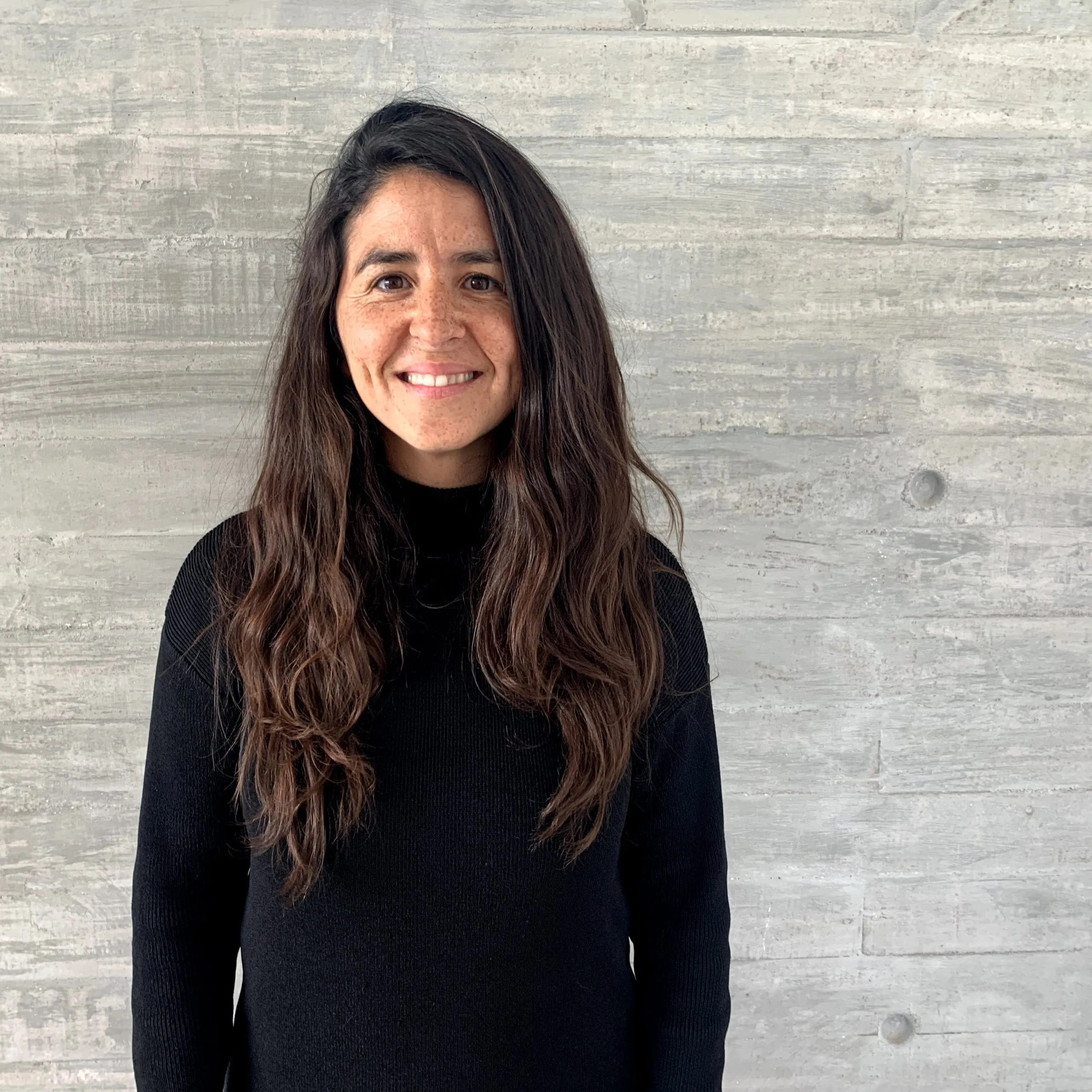
Paula is a travel communications specialist with solid expertise in wine tourism and adventure travel in her native Mendoza. She combines a background in audience analysis with a deep understanding of today’s travelers to craft effective, user-centered, and sustainable content strategies. Her approach blends creativity, data, and a strong commitment to the responsible development of tourism in Argentina.




